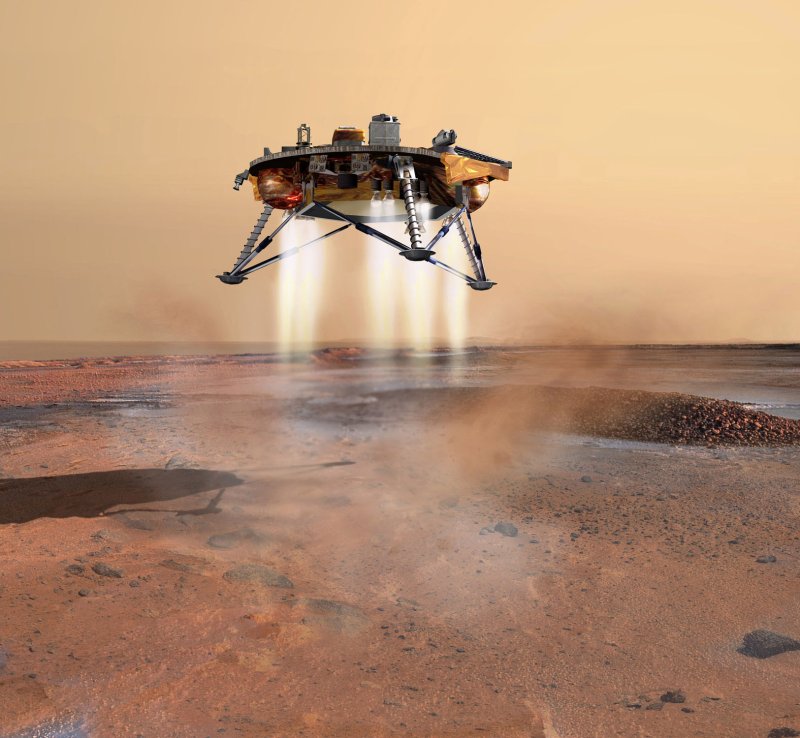PASADENA, Calif., June 4 (UPI) -- The U.S. space agency says it has repeated a practice test involving releasing Martian soil from the scoop on the Phoenix Mars Lander's robotic arm.
The National Aeronautics and Space Administration said scientists noted that when the arm collected and released its first scoopful of soil Sunday, some of the sample stuck to the scoop.















